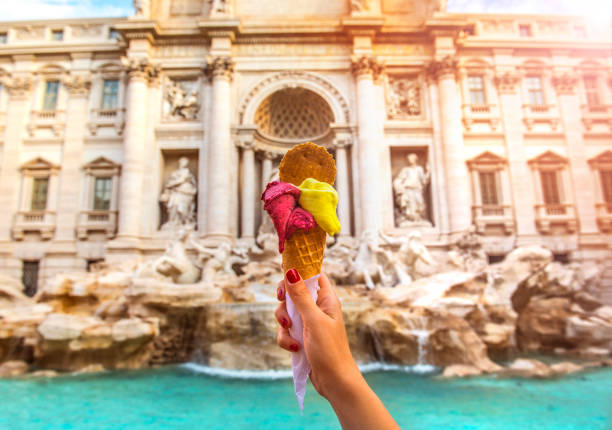Stirring Up Excitement: The Art of Making Authentic Italian Gelato
Gelato, Italy's famed frozen delight, is not your regular ice cream. It's a creamy, velvety experience that takes you on a trip to the charming streets of Italy with every spoonful. In this article, we will explore the art of making Italian gelato, bringing forward the traditional techniques, ingredients, and innovations in the gelato world.

The Birthplace of Gelato: A Sweet History
Italian gelato is steeped in history and dates back to the Renaissance period. Florence, Italy, is recognized as the birthplace of this divine treat, and its creation is credited to Bernardo Buontalenti, a versatile artist, and architect. Buontalenti concocted the first gelato for the extravagant Medici family, an influential power during the Renaissance.
Ingredients: The Core of Authenticity
The key to gelato’s unique flavor lies in its ingredients. Gelato is primarily made from milk, cream, sugar, and flavorings such as fresh fruits, chocolates, or nuts. Unlike ice cream, gelato has less cream and more milk, making it lower in fat. There’s also less air whipped into it, resulting in a denser, smoother texture that intensifies the flavors.
The Traditional Process: Embodying the Art
Making gelato is an art in itself. The traditional process involves heating the ingredients to pasteurize them, followed by cooling the mixture. Once cooled, the mix is churned at a slow pace to minimize the amount of air incorporated into it. This process, known as mantecazione, ensures the dense and creamy texture of gelato.
Innovations in Gelato World: A Scoop of the Future
The gelato world is not immune to innovation. New technologies such as flash freezing and advanced pasteurization techniques are being adopted to enhance the texture and extend the shelf life of gelato. There’s also a growing trend of experimenting with unusual flavors like lavender, black sesame, and balsamic vinegar, pushing the boundaries of traditional gelato.
The Gelato Culture: Beyond the Cone
In Italy, gelato is more than just a dessert; it’s a part of the culture. Gelaterias, or gelato shops, are bustling hubs where people gather to enjoy this delightful treat. The presentation of gelato, with its vibrant colors and elaborate displays, is as important as the taste.
- Gelato Facts & Tidbits
- Gelato contains 25-30% air, compared to 50% in regular ice cream, contributing to its dense texture.
- Italy has over 39,000 gelaterias.
- Pistachio, stracciatella, and fiordilatte are some of the most popular gelato flavors in Italy.
In conclusion, the art of making Italian gelato is a fascinating journey that blends tradition with innovation. It’s not just about creating a dessert; it’s about crafting an authentic experience that captures the essence of Italy. So, the next time you enjoy a scoop of gelato, remember, it’s more than just ice cream – it’s a spoonful of history, culture, and passion.





